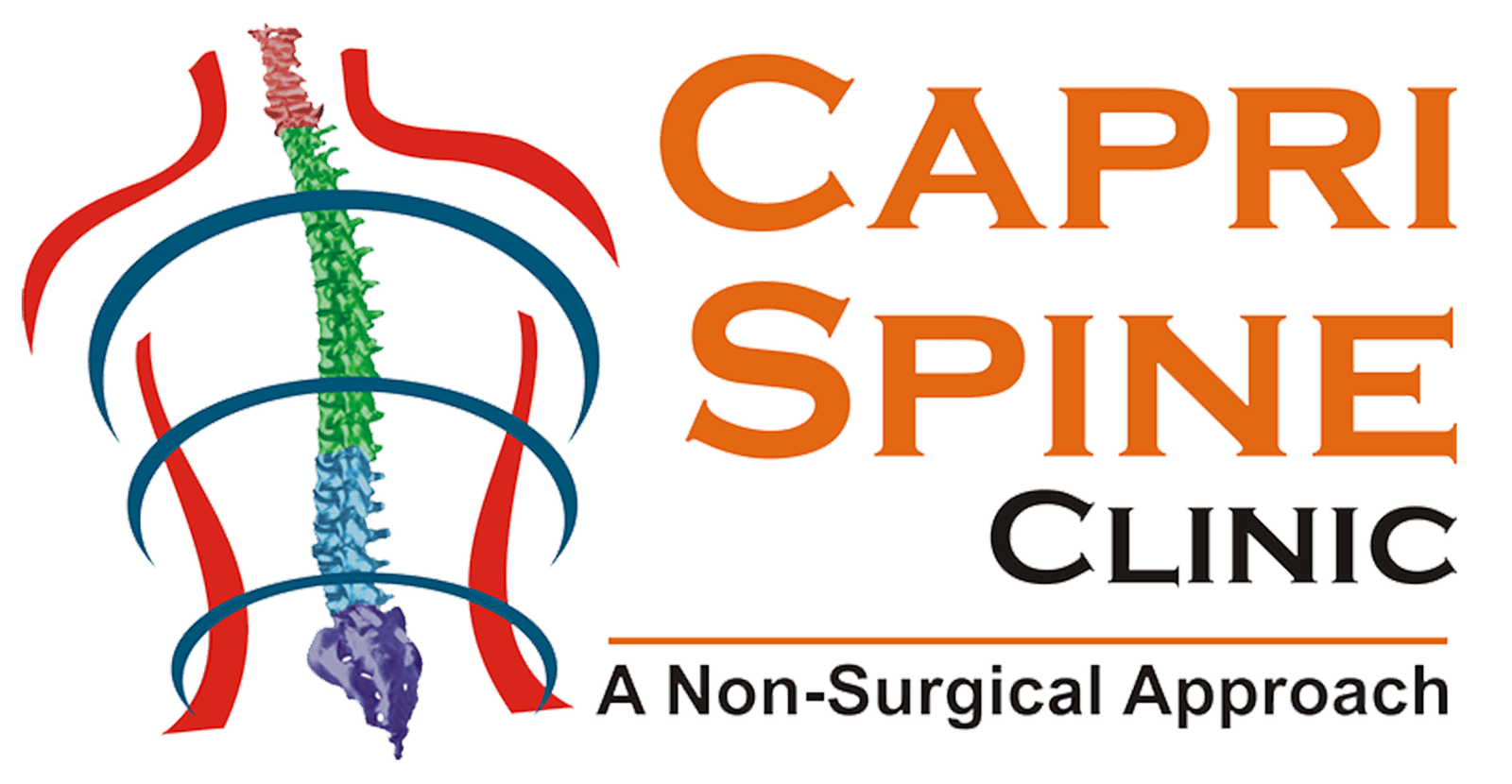Spondylolisthesis is a spinal condition where one vertebra slips forward over the vertebra below, often causing discomfort, pain, and limited mobility. If left untreated, this condition can lead to spinal instability and nerve compression, significantly impacting quality of life. This guide explores spondylolisthesis in detail, covering its causes, diagnostic methods, grading system, and treatment options …
Spondylolisthesis is a spinal condition where one vertebra slips forward over the vertebra below, often causing discomfort, pain, and limited mobility. If left untreated, this condition can lead to spinal instability and nerve compression, significantly impacting quality of life. This guide explores spondylolisthesis in detail, covering its causes, diagnostic methods, grading system, and treatment options from both medical and physiotherapy perspectives.
What is Spondylolisthesis?
Spondylolisthesis is the forward displacement of one vertebra over the adjacent vertebra. This slippage most commonly affects the lumbar (lower back) region, where it can lead to instability, pain, and nerve compression. Symptoms may vary, but they often include back pain, leg pain, numbness, and muscle weakness in the affected area.
Causes of Spondylolisthesis
Multiple factors contribute to the development of spondylolisthesis:
- Congenital Defects: Some individuals are born with a defect in the vertebra’s pars interarticularis, making them more susceptible to slippage.
- Degenerative Changes: Age-related degeneration, including disc wear and facet joint deterioration, can weaken the spine’s structure and lead to spondylolisthesis.
- Trauma: Injuries or repetitive stress—common in sports like gymnastics and weightlifting—can cause vertebral slippage.
- Pathological Conditions: Conditions like osteoporosis or tumors can weaken bones, resulting in instability and slippage.
- Post-Surgical Causes: Prior spinal surgery can occasionally lead to vertebral instability and subsequent slippage.
Grading of Spondylolisthesis
Spondylolisthesis is categorized into grades based on the extent of vertebral slippage:
- Grade I: 1-25% slippage
- Grade II: 26-50% slippage
- Grade III: 51-75% slippage
- Grade IV: 76-100% slippage
- Grade V (Spondyloptosis): Complete slippage, where the vertebra has slipped entirely off the one below it.
This grading system aids in determining the condition’s severity and guides treatment decisions.
How is Spondylolisthesis Diagnosed?
Diagnosing spondylolisthesis involves a combination of clinical examination and patient history:
- Physical Examination: A healthcare provider will assess spinal alignment, muscle tightness, and check for nerve compression signs, such as reflex changes, muscle weakness, or sensory loss.
- Patient History: Documenting symptoms like lower back pain, leg pain, and history of trauma or repetitive activities helps in diagnosing spondylolisthesis.
- Functional Assessment: Observing posture, gait, and range of motion can provide additional clues regarding the presence and impact of spondylolisthesis.
Radiological Testing for Spondylolisthesis
Imaging studies are essential for confirming spondylolisthesis and assessing its severity:
- X-Rays: Standard X-rays taken in different positions can reveal vertebral slippage and bone abnormalities.
- MRI (Magnetic Resonance Imaging): MRI provides detailed images of soft tissues, including discs and nerve roots, helping to identify associated nerve compression.
- CT (Computed Tomography) Scans: CT scans offer cross-sectional images, making it easier to assess bone abnormalities and plan surgical treatment if necessary.
Prevalence of Spondylolisthesis Across Ages
The prevalence of spondylolisthesis varies by age and type:
- Degenerative Spondylolisthesis: Common in individuals over 50, particularly postmenopausal women, due to spinal degeneration.
- Isthmic Spondylolisthesis: This type, often due to a defect in the pars interarticularis, is more common in adolescents and young adults.
- Prevalence Statistics: Studies show that up to 5-6% of adults may have some form of spondylolisthesis, with varying levels of severity.
Biomechanical Changes in Spondylolisthesis
Spondylolisthesis can lead to several biomechanical changes in the spine:
- Altered Load Distribution: The slippage disrupts normal load-bearing in the spine, increasing stress on adjacent vertebrae and discs.
- Spinal Instability: Misaligned vertebrae reduce spinal stability, potentially causing abnormal movement patterns and further degeneration.
- Nerve Compression: The narrowed spinal canal or foramina may compress spinal nerves, leading to pain, numbness, or weakness.
- Muscular Adaptations: Muscles around the affected area may tighten or weaken, further limiting mobility and contributing to pain.
Treatment Options for Spondylolisthesis
Treatment for spondylolisthesis varies based on severity and symptoms:
Conservative Management
- Physical Therapy: A structured exercise program can strengthen core muscles, improve flexibility, and stabilize the spine, helping to manage symptoms and prevent further slippage.
- Medications: Nonsteroidal anti-inflammatory drugs (NSAIDs), muscle relaxants, and pain relievers help manage pain and inflammation.
- Bracing: A back brace may provide additional support and reduce pain, especially in cases of instability.
- Activity Modification: Avoiding activities that exacerbate symptoms, such as heavy lifting or high-impact sports, is essential for managing the condition.
Injections
- Epidural Steroid Injections: These can help reduce inflammation and alleviate pain associated with nerve compression in spondylolisthesis.
Surgical Intervention
- Spinal Fusion: In severe cases, spinal fusion surgery stabilizes the affected segment, alleviating symptoms and preventing further slippage.
- Decompression Surgery: If nerve compression is significant, decompression surgery can relieve pressure on the nerves.
Conclusion
Spondylolisthesis can significantly impact quality of life if left untreated. Understanding the causes, diagnosis, and treatment options is crucial for managing this condition effectively. A multidisciplinary approach—including medical management, physiotherapy, and potentially surgical intervention—is often the best strategy for managing spondylolisthesis and achieving long-term stability and relief.
References
- Wiltse, L. L., Newman, P. H., & Macnab, I. (1975). Classification of spondylolysis and spondylolisthesis. Clinical Orthopaedics and Related Research, 117, 23-29.
- Meyerding, H. W. (1932). Spondylolisthesis: Surgical and treatment aspects. Journal of Bone and Joint Surgery, 14, 973-986.
- Fredrickson, B. E., Baker, D., & McHolick, W. J. (1984). The natural history of spondylolysis and spondylolisthesis. Journal of Bone and Joint Surgery, 66, 699-707.
- Doherty, M., & Lanyon, P. (2000). Epidemiology of degenerative joint disease. Rheumatic Disease Clinics of North America, 26(3), 551-559.
- Matz, P. G., Meagher, R. J., & Tolo, V. T. (2009). Surgical management of spondylolisthesis. Journal of Neurosurgery: Spine, 10(1), 66-71.






